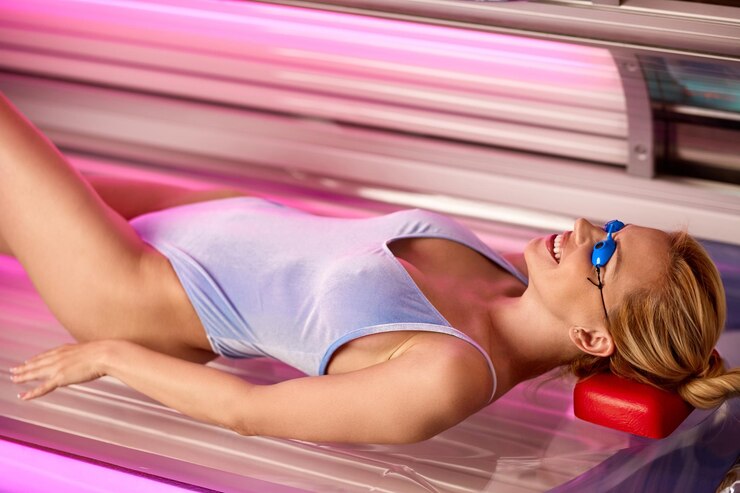Sunless tanning methods have gained immense popularity as a safer alternative to traditional sunbathing or tanning beds. While these methods offer a sun-kissed glow without the harmful effects of UV radiation, they come with their own set of pros and cons. Let’s explore the advantages and drawbacks of sunless tanning to help you make an informed decision.
Pros:
1. Safe UV-Free Tanning:
One of the most significant advantages of sunless tanning is that it eliminates exposure to harmful UV rays. This is crucial for protecting your skin from premature aging, sunburn, and the increased risk of skin cancer associated with prolonged sun exposure.
2. Instant Results:
Sunless tanning methods, such as spray tans or self-tanning lotions, provide instant results. You can achieve a bronzed look without waiting for hours under the sun or multiple tanning sessions at a salon.
3. Even and Customizable Tan:
Sunless tanning allows for precise control over the application, resulting in an even and customizable tan. You can choose the depth of your tan, ensuring it complements your natural skin tone and preferences.
4. Hydrating Formulas:
Many sunless tanning products include moisturizing ingredients that leave your skin hydrated and smooth. This is especially beneficial for individuals with dry skin, as it helps maintain skin health while achieving a tan.
5. Reduced Risk of Sun Damage:
Sunless tanning methods significantly reduce the risk of sun damage, including sunburn, premature aging, and the development of sunspots. It’s a proactive approach to maintaining healthy skin while still enjoying a sun-kissed appearance.
Cons:
1. Temporary Results:
One of the drawbacks of sunless tanning is that the results are temporary. The tan typically lasts for a few days to a week, and it gradually fades as the top layer of skin naturally sheds. Regular reapplication is necessary to maintain the desired tan.
2. Application Challenges:
Achieving a flawless sunless tan requires skillful application, and mistakes can lead to uneven color or streaks. Self-tanning at home may require practice, and professional spray tans depend on the technician’s expertise.
3. Potential for Uneven Fading:
As the sunless tan fades, it may do so unevenly, especially if not properly exfoliated before reapplication. This can result in a patchy appearance, which may be challenging to fix without starting anew.
4. Odor and Drying Time:
Some sunless tanning products have a distinct odor caused by the chemical reaction between the active ingredients and the skin. Additionally, these products may require some drying time, which can be inconvenient for those with busy schedules.
5. Sensitivity and Allergies:
Individuals with sensitive skin or allergies may react to certain ingredients in sunless tanning products. It’s essential to perform a patch test before full application to avoid adverse reactions.
Sunless tanning methods offer a range of benefits, from immediate results to reduced sun damage. However, they come with challenges such as temporary results, application nuances, and the potential for uneven fading. Understanding the pros and cons allows individuals to make informed choices based on their preferences, lifestyle, and skin sensitivity, ensuring a safe and satisfying sunless tanning experience.








